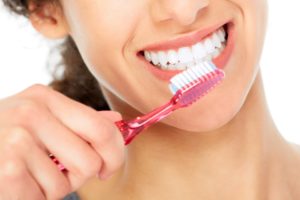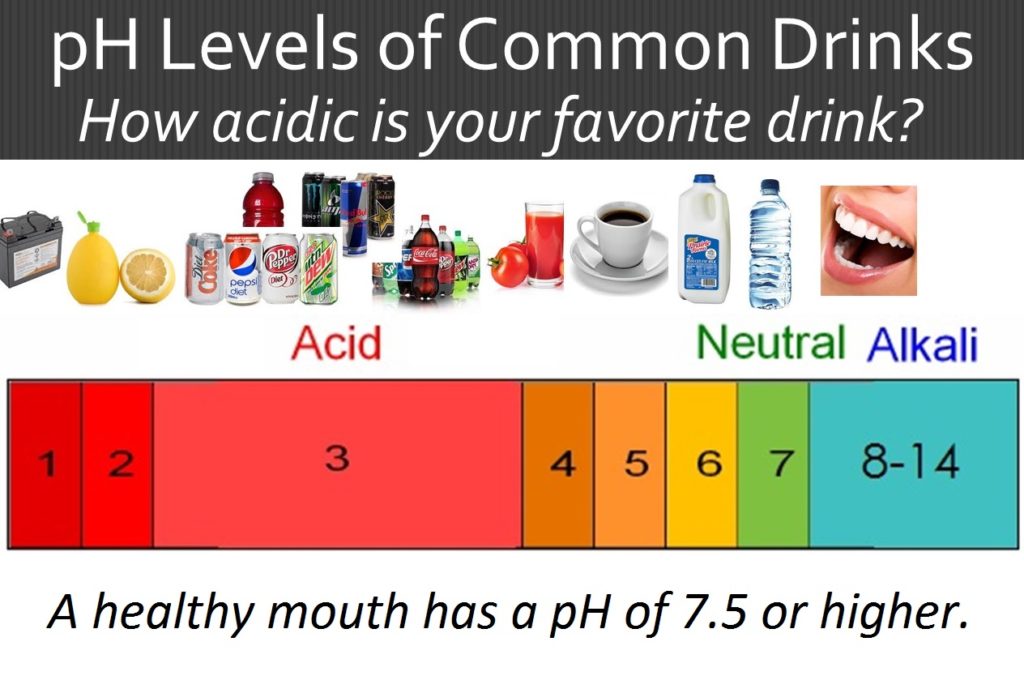New Year’s Resolutions for a Healthy Smile
 Happy New Year! This week, many people are resolving to make changes for the better. The most commonly made New Year’s Resolution is losing weight, both for improved health and improved appearance.
Happy New Year! This week, many people are resolving to make changes for the better. The most commonly made New Year’s Resolution is losing weight, both for improved health and improved appearance.
While so many are focused on improving health and appearance, this is the perfect time to also consider improving your smile. A healthy smile is a beautiful smile.
All of the things you do to improve the health of your mouth will also improve its look. While you work to make your mouth healthier, you are also making it prettier! This is a huge perk of a consistent oral hygiene routine.
Brushing
It is common knowledge that brushing your teeth is absolutely essential to keeping them healthy. However, many people do not brush correctly.
Avoid These Common Brushing Mistakes
The most common brushing mistakes are listed here.
- Using a medium or hard toothbrush – When you brush your teeth, the goal is removing plaque. Plaque is soft, and toothbrush bristles easily remove it. A soft toothbrush is perfectly capable of removing all the plaque it contacts. A hard toothbrush is no more effective at removing plaque than a soft one, and it actually has a greater potential for causing harm to the teeth by scrubbing too hard and removing enamel or causing the gums to recede. Only use a soft toothbrush!
- Missing the gums – Maybe we have inadvertently given this oral hygiene habit the wrong name. Brushing your teeth alone will not keep your mouth healthy. Brushing your teeth should always include brushing the gums. The soft toothbrush bristles need to touch the gums gently at a 45 degree angle to remove plaque from the border between teeth and gums. There is a small crevice at this border where plaque loves to accumulate. Do not miss this important area when you are brushing!
- Missing certain surfaces of the teeth – Another common mistake people make when brushing teeth is quickly brushing the easy-to-access areas without considering each and every exposed surface of the teeth. Make sure that, as you brush, you ensure that the toothbrush bristles touch the cheek side, tongue side, and biting surface of every single tooth. One of the most commonly missed areas during brushing is the tongue side of lower teeth. Find a pattern in your brushing that helps you get to every surface. If you have trouble with this, ask Phyllis or Nancy! They will have great suggestions for how you can be guaranteed to clean every surface.
- Not brushing before bed – At the end of a long day, sometimes it is too easy to just slip into bed without brushing your teeth. Brushing before bed is important to remove all of the food debris from the day. As we eat throughout the day, plaque (which contains food particles, bacteria, and sloughed-off cells from the inside of our mouths) builds up in every nook and cranny. When this buildup is allowed to accumulate, it leads to cavities and gum disease. It is especially important to brush at night because the body’s natural defense against cavities and gum disease (saliva) is less active while you sleep. Therefore, your risk for both cavities and gum disease is higher at night. Always brush before bed!
Flossing
 Unfortunately, brushing alone is not enough for a healthy smile. A toothbrush cannot reach in between the teeth to clean their adjacent surfaces. Floss is the only way to remove all of the plaque from your teeth. As with brushing, it is more advantageous to floss before bed. Make it your New Year’s Resolution to floss every night before bed.
Unfortunately, brushing alone is not enough for a healthy smile. A toothbrush cannot reach in between the teeth to clean their adjacent surfaces. Floss is the only way to remove all of the plaque from your teeth. As with brushing, it is more advantageous to floss before bed. Make it your New Year’s Resolution to floss every night before bed.
Flossing nightly removes plaque accumulation, which improves the health of your gums. Unhealthy gums are red, puffy, bleeding, and quite frankly, just unsightly. Healthy gums are pretty, smooth and pink.
Flossing also reduces your risk for cavities between the teeth. It is no surprise that cavities are also ugly.
Mouthwash
Adding a mouthwash to your oral hygiene routine can even further reduce the risk of gum disease and cavities. Using mouthwash removes more bacteria from the oral cavity by the liquid flushing motion created by your swishing. There are hundreds of different formulations of mouthwash available today, and selecting the right one can be confusing. Here is a quick list for how to pick the right mouthwash.
Dry Mouth? Stay away from alcohol and other harsh chemicals like eucalyptus. Use an alcohol-free, hypoallergenic rinse like Biotene.
High Risk for Cavities? Use a mouthwash containing fluoride. Phos Four is a Colgate product formulated specifically for high fluoride concentration. Use it after brushing and flossing before bedtime, and do not rinse it off. It works well if you allow it to soak into the teeth overnight.
Red, sore, or bleeding gums? Grab an over-the-counter whitening mouthwash. The peroxide ingredient helps to reduce inflammation of the gums. Use it twice daily before brushing and flossing.
Avoid Acidic Drinks
The acidic pH of many popular drinks can be erosive to tooth enamel. If these drinks are consumed in high quantities, the enamel will show thinning from the acid erosion. As enamel thins and becomes more transparent, the tooth appears more yellow because the core of the tooth begins showing through.
A low pH also increases your risk for cavities by the same thinning and weakening of the enamel.
Examples of drinks with an acidic pH are sodas, sports drinks, energy drinks, and sparkling water.
Avoid Snacking on Carbs Between Meals
Consistent snacking provides the bacteria in our mouths with constant fuel. The bacteria eat simple carbohydrates and produce acid as a by-product. This acid is what causes cavities. By snacking throughout the day, especially if you are a carb-craver, you are feeding the bacteria more fuel and enabling them to produce more acid.
The best between-meal snack for your teeth is a handful peanuts or a small serving of cheese.
Tips to Keeping Your New Year’s Resolutions
 Does this list seem unattainable to you? If so, start with picking just one of these resolutions to implement. (We highly recommend flossing!) Once you have mastered it, add another.
Does this list seem unattainable to you? If so, start with picking just one of these resolutions to implement. (We highly recommend flossing!) Once you have mastered it, add another.
Change your mindset. Do not start with failure in mind by assuming you will never be able to floss 365 days in a row. Research suggests it takes 21 days to start a new habit. Set your goal at 21 days of flossing in a row. Then you can move forward from there.
Ask for accountability. Have a friend or family member check in with you regularly to see how you are doing on your resolutions.
Make a dental appointment. If you are past due for your dental cleaning, call 281-667-4010 today to schedule an appointment. We can give you tips on keeping your resolutions for a healthy smile.

